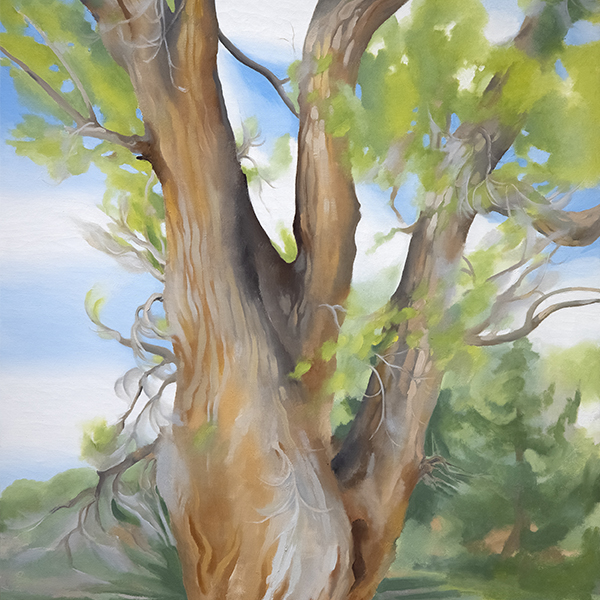WINSLOW HOMER (1836-1910)
 Winslow Homer (1836-1910) was a prolific painter and printmaker whose work, as both an illustrator and artist, is central to American art. Born in Boston, Massachusetts, Homer demonstrated early artistic skill and was apprenticed to the Boston commercial lithographer John H. Bufford. Two years into his apprenticeship, however, Homer decided to pursue work as a freelance artist, which he remained for the rest of his life.
Winslow Homer (1836-1910) was a prolific painter and printmaker whose work, as both an illustrator and artist, is central to American art. Born in Boston, Massachusetts, Homer demonstrated early artistic skill and was apprenticed to the Boston commercial lithographer John H. Bufford. Two years into his apprenticeship, however, Homer decided to pursue work as a freelance artist, which he remained for the rest of his life.
After briefly studying oil painting, Homer worked as a commercial illustrator for magazines such as Harper’s Weekly. Eventually, Harper’s sent him as an artist-correspondent to the front lines of the American Civil War. Covering the war, Homer would begin to produce genre paintings that served more than a journalistic or illustrative function; these paintings instead captured the war’s deep emotional and societal impact. Homer’s striking Civil War paintings signaled the beginning of his career as a painter, and his remarkable eye for the key inflection points of American society and culture in the mid to late 19th century. Depicting such poignant topics as the changing role of women, gender relationships, uncaricatured African Americans, the majesty of the American landscape, and the deep and lasting rifts of the Civil War, Homer’s work is key to the canon of American art. His paintings hang on prestigious museum walls worldwide and his work is continually a subject of new scholarship and debate.
Homer’s work is represented in the collections of the National Gallery of Art, Washington D.C.; the Metropolitan Museum of Art, New York; The Museum of Fine Arts, Boston; the Smithsonian American Museum of Art, Washington D.C.; The Amon Carter Museum of American Art, Texas; and the Portland Museum of Art, Oregon among many others.

_tn43950.jpg )


